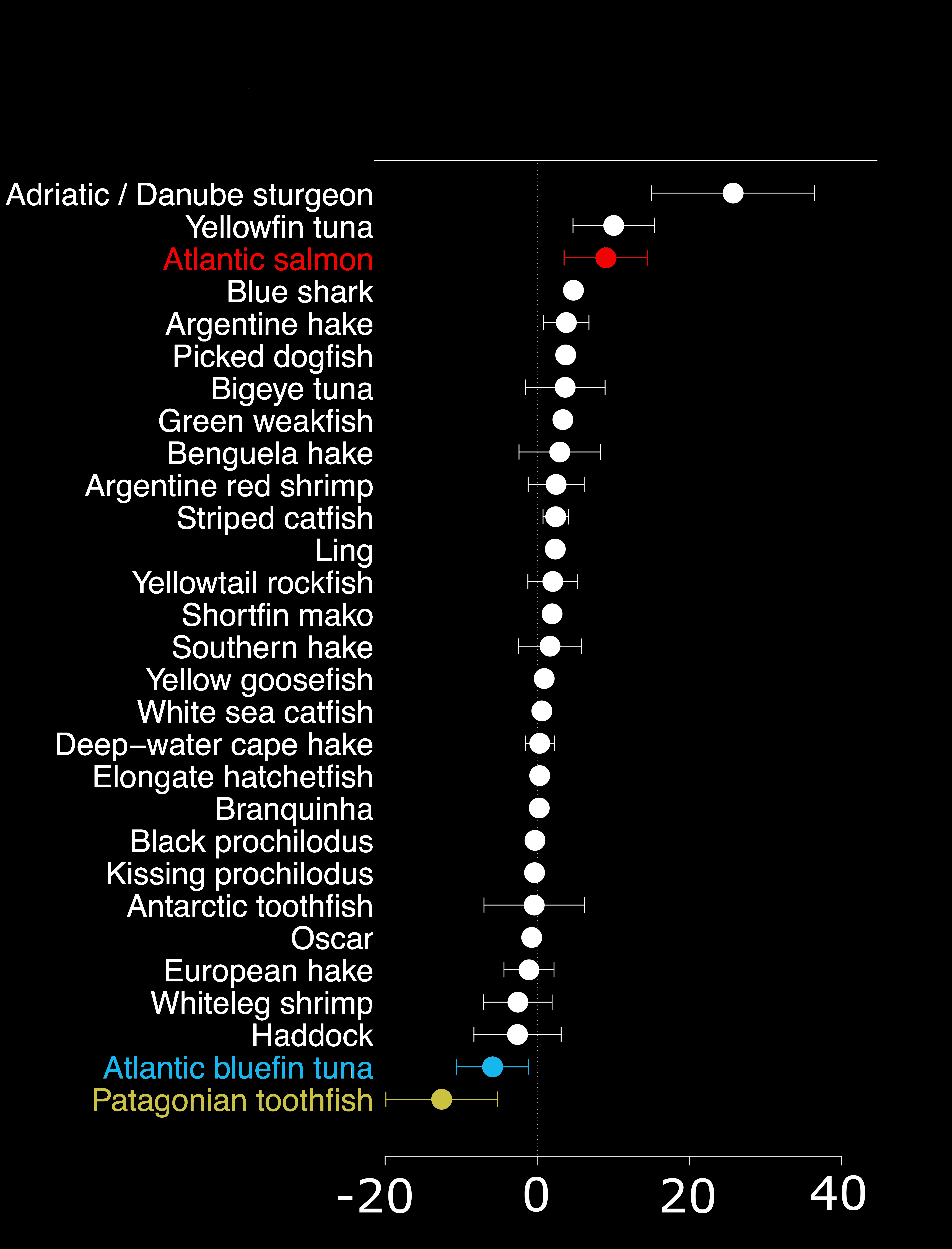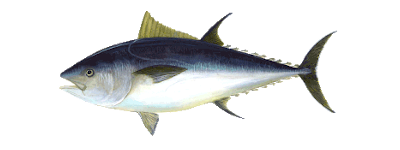FRAUD
While seafood fraud has been documented, including some high-profile prosecutions, not all mislabeling is intentional fraud.
There are other potential explanations for why your fish is not what you ordered.
While more seafood products are being tested for mislabeling, we know little about the causes of seafood mislabeling.
Most of what we know is based on anecdotal observations and untested hypotheses.
Are people mislabeling only for profit?
We conducted a meta-analysis to explore the potential incentives of seafood mislabeling.
What did we learn?
It is often assumed mislabeling is primarily driven by the incentive to increase profits. That is, the desire to label a lesser-value product as a higher-value one.
Economic theory predicts that information asymmetry in seafood products can motivate mislabeling. Sellers have more information about the true quality than buyers.
And, indeed, this has been documented.
But, the prevalence of this type of mislabeling is unknown.
Findings
Data are scarce.
Useful data are scarce. Seafood mislabeling studies rarely present price data: less than 10% of studies do so. Current evidence suggests the causes of mislabeling appear to be diverse—it’s more complicated than often appreciated. Across all seafood products, there is no evidence for a simple mislabeling for profit driver. Overall, the difference between the price of a labeled seafood product and its substitute when it was not mislabeled is not different from zero.
Product-specific patterns.
Examining price differentials of specific seafood products provides insights. Some substitute products, such a sturgeon caviar, Atlantic salmon, and yellowfin tuna have a positive price differential, and may often have the characteristics to motivate mislabeling for profit. But, other products have negative price differentials. This reverse substitution (labeling a product as something that is less valuable) is intriguing because it suggests some actors may be motivated to mislabel in order to gain market access for illegal seafood.
Multiple causes.
Most products, for which there are data, have price differentials close to zero—suggesting other incentives are influencing seafood mislabeling. This potential list is long: the need for the appearance of constant supply, confusing naming practices and policies, informal supply chains, mixed fisheries, and regulation avoidance are just a few. Our results suggest that the causes of mislabeling are diverse and context dependent, as opposed to being driven primarily by one incentive. More research is needed.
Mean price differential and variance for substitutes

Atlantic Salmon labeled as

Pacific Salmon results in a €9 profit on average.
Atlantic bluefin tuna labeled as

results in a -€6 loss
Patagonian toothfish labeled as

results in a -€13 loss on average
The data, methods, and results presented here have been subject to peer-review and published in the scientific journal Marine Policy.